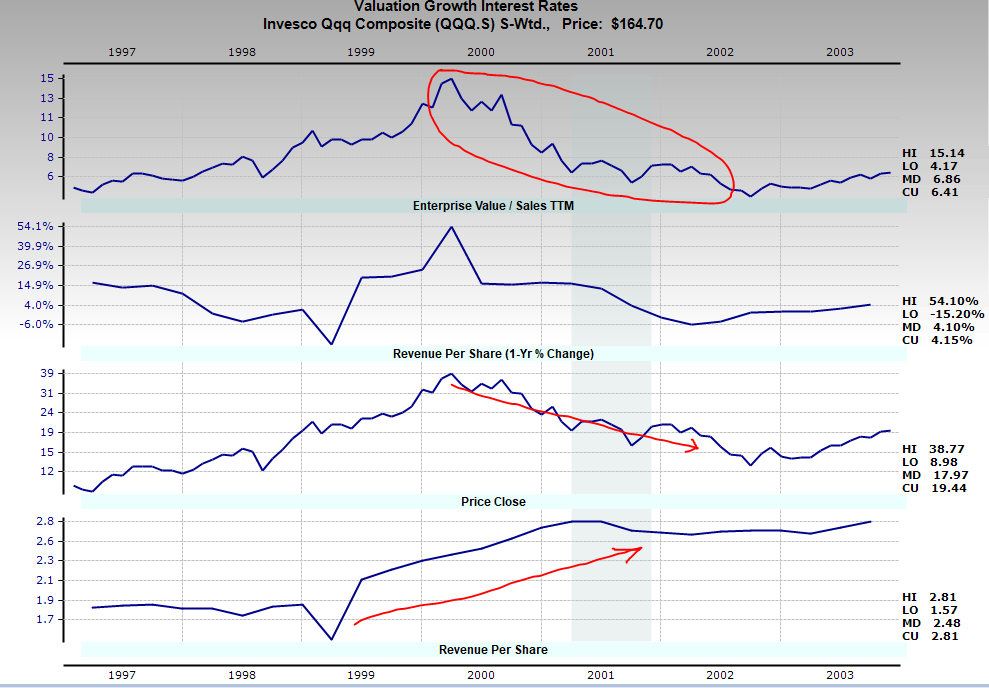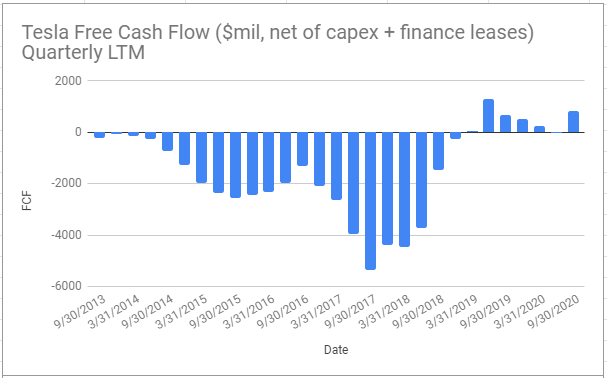
Chartered Financial Analyst. Cycling. Eastern spirituality. Drumming. Veganism. Indian classical music. All-in on 3-stock portfolio: $TSLA #1, $AMD #2 $NTLA #3
3 subscribers
How to get URL link on X (Twitter) App


 My overall investment analysis framework can be summarized in these 7 steps.
My overall investment analysis framework can be summarized in these 7 steps. 

 This strategy of buying the avg max drawdown in my favored stocks has allowed me to avoid much larger losses on bad bets (i.e. $Z, $BYND, $NVTA) + increase returns on good bets (i.e. $TSLA, $SQ, $ABBV, $SHAK).
This strategy of buying the avg max drawdown in my favored stocks has allowed me to avoid much larger losses on bad bets (i.e. $Z, $BYND, $NVTA) + increase returns on good bets (i.e. $TSLA, $SQ, $ABBV, $SHAK).

 Why cash flow margins will continue to rise despite ASPs falling:
Why cash flow margins will continue to rise despite ASPs falling:
 If Tesla is kicking off 23% cash ROIC on 700k unit deliveries (TTM) across two factories, despite operating at only 70% capacity, and if Berlin and Austin factories are anywhere near as cost efficient as Shanghai, I think it's likely for Tesla's cash ROIC to reach 40% in < 4yrs.
If Tesla is kicking off 23% cash ROIC on 700k unit deliveries (TTM) across two factories, despite operating at only 70% capacity, and if Berlin and Austin factories are anywhere near as cost efficient as Shanghai, I think it's likely for Tesla's cash ROIC to reach 40% in < 4yrs. 


 Here's the full table with data and footnotes.
Here's the full table with data and footnotes.








 Gross Profit:
Gross Profit: